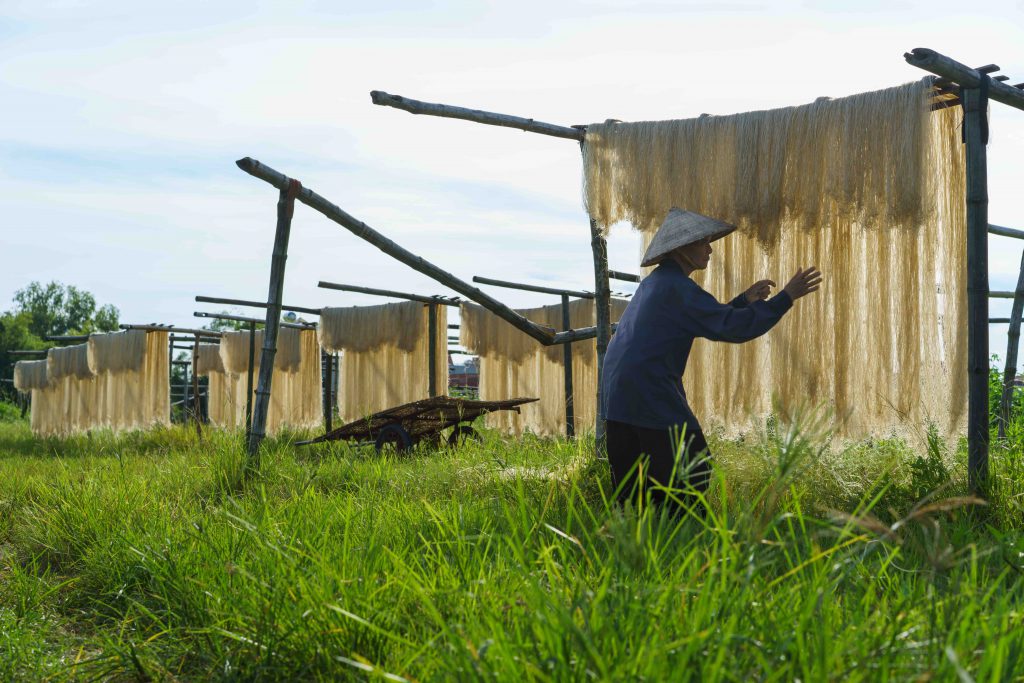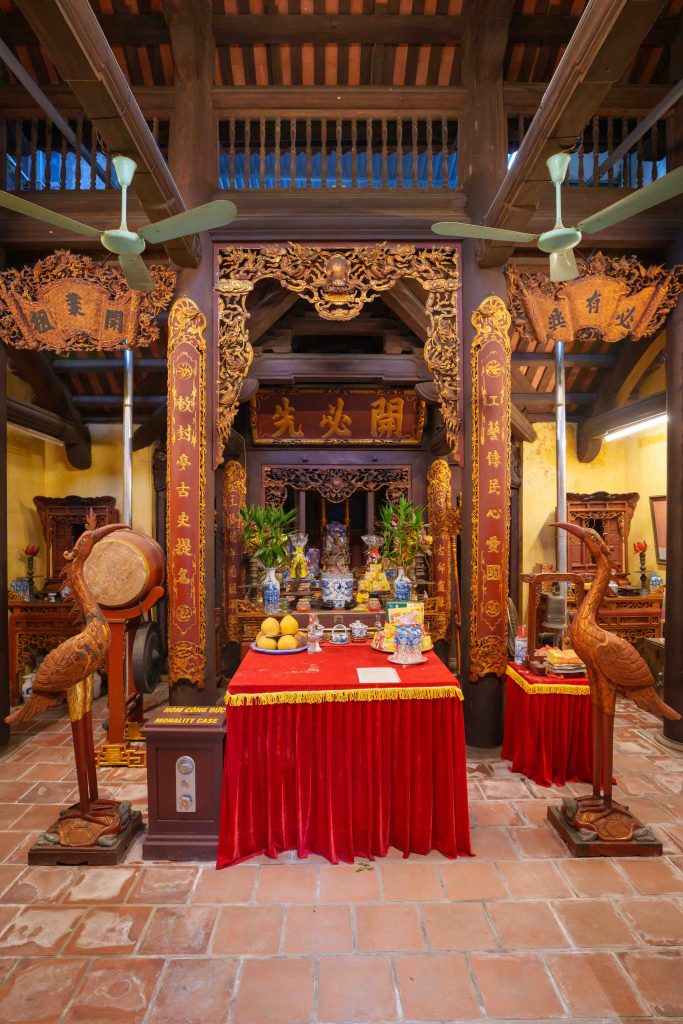Story: Prof. Dr. Trinh Sinh
Photos: Vinh Dav
Few songs are as moving as “Homeland,” with music by Giap Van Thach and lyrics by Do Trung Quan. For every Vietnamese person who grew up in a village, especially those far from home, this song evokes childhood memories of sweet starfruit, paths to school filled with butterflies, blue kites, ferries, and bamboo bridges, etc.
“Each person has only one homeland
Just as there is only one mother
If anyone does not remember their homeland
They will not grow up to be a person”

The cradle of Vietnamese villages, as well as Vietnamese civilization, lies in the fertile alluvial plains of the Red River Delta, an area ideal for rice cultivation. Two French scholars from the École Française d’Extrême-Orient, P. Huard and M. Durand, once noted that “their large villages, organized strongly enough to link them closely together, reached a high level of specialization in rice cultivation that allowed them to move from one field to another across the Mekong Delta and to the Gulf of Thailand in a remarkable southward expansion”.
The Vietnamese village is considered the “living cell” of Vietnamese society, a term coined by Professor Tu Chi. For thousands of years of rice farming, the Vietnamese have come together to build dikes against floods, fostering a deep sense of community.

This communal spirit within the village framework created a formidable strength against foreign invasions—“when the enemy comes, even women fight”—and a cultural resilience against the assimilation efforts of great empires. From over 2,000 years ago, back when the Lac Viet belonged to the Bach Viet community (100 Viet tribes), following numerous cultural invasions, only the Lac Viet have preserved their cultural identity and essence on the world map, while all other Viet tribes were assimilated into larger empires. The “cells” of Vietnamese villages contributed to Vietnam’s enduring existence.
In today’s wave of urbanization, many ancient villages have changed, but many still retain their essence. A prime example is Hanoi’s Old Quarter, which is home to several communal houses, such as Kim Ngan Temple (Hang Bac Street), dedicated to Bach Nghe, the guardian deity of artisans and skilled workers in Vietnamese society; Ha Vy Temple (Hang Hom Street), honoring the deity of painting; Tu Thi Temple (Yen Thai Street), dedicated to the deity of embroidery; and Truc Lam Temple (Hang Hanh Street), which honors the deity of leather and shoe-making.

These temples attest to the migration of people from craft villages across various regions to the capital, Thang Long, during the Later Le period. At that time, the capital required skilled artisans to serve the Dai Viet court, prompting talented craftsmen from all over to settle in communities west of the Imperial City. They brought their village customs and traditions to this new homeland. Centuries later, these ancestral temples remain preserved in urban areas. Each year, during the craft ancestor’s death anniversary, descendants from these ancient villages organize vibrant festivals. These sites have also become popular tourist destinations for international visitors exploring Hanoi.
Vietnamese villages founded over 2,000 years ago continue to exist today. The image of these villages is perhaps best described by French scholar P. Gourou.
“Ancient villages were surrounded by green bamboo hedges—serving as protective barriers marking village boundaries. The path into a village was often singular and flanked by village ponds. The village gate was beautifully constructed from bricks and closed at night; above it was a watchtower for nighttime surveillance. The village road followed a main axis with side alleys resembling the teeth of a comb. Ponds with simple wooden bridges often surrounded or lay adjacent to homes; villagers used pond water for bathing, washing rice, cleaning dishes, doing laundry, raising fish, and growing water lilies. The village well provided clean drinking water and was a site where young couples met and chatted while fetching water.”
In addition to communal houses, other religious monuments also represent various villages, such as village pagodas, shrines for tutelary deities, temples, and literary halls. These institutions have become deeply ingrained in Vietnamese folklore and the national consciousness. Today, these monuments represent valuable heritage, playing a key role in traditional education and tourism development.










